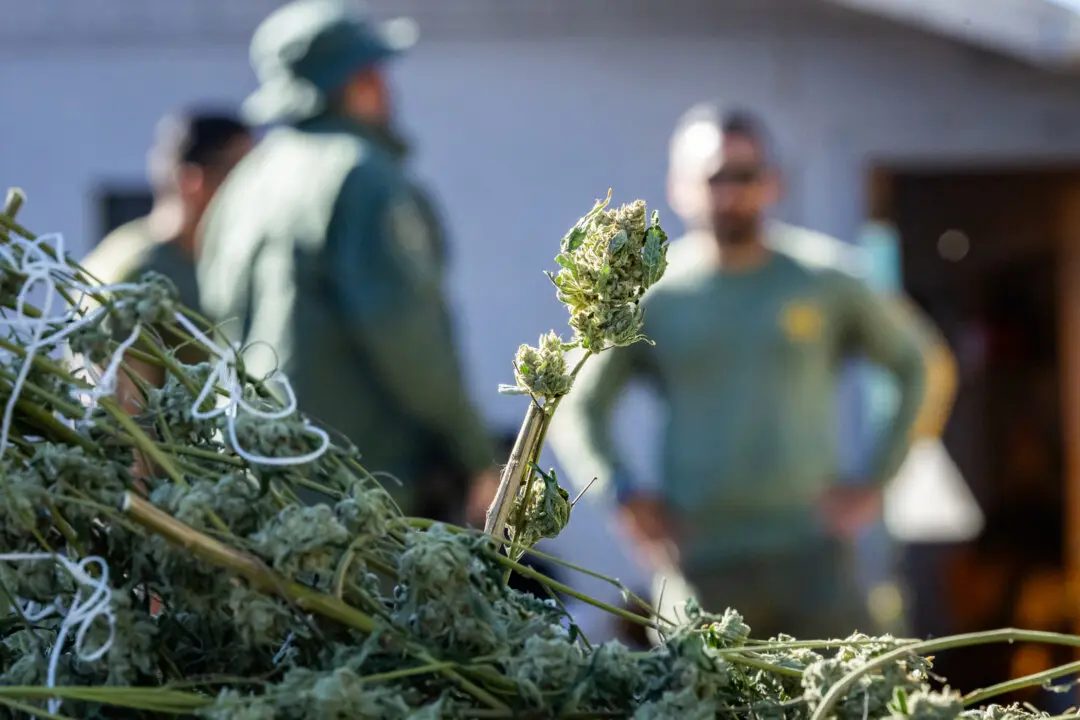Some California politicians have upped the ante in an escalating battle of wills with President Donald Trump and other opponents in a push to declare a state of emergency over the homeless crisis.
Los Angeles County Supervisor Mark Ridley-Thomas, L.A. City Councilman Joe Buscaino, and other prominent officials, have been pushing for California Gov. Gavin Newsom to declare a state of emergency in an attempt to access funding under the Federal Emergency Management Agency (FEMA).





